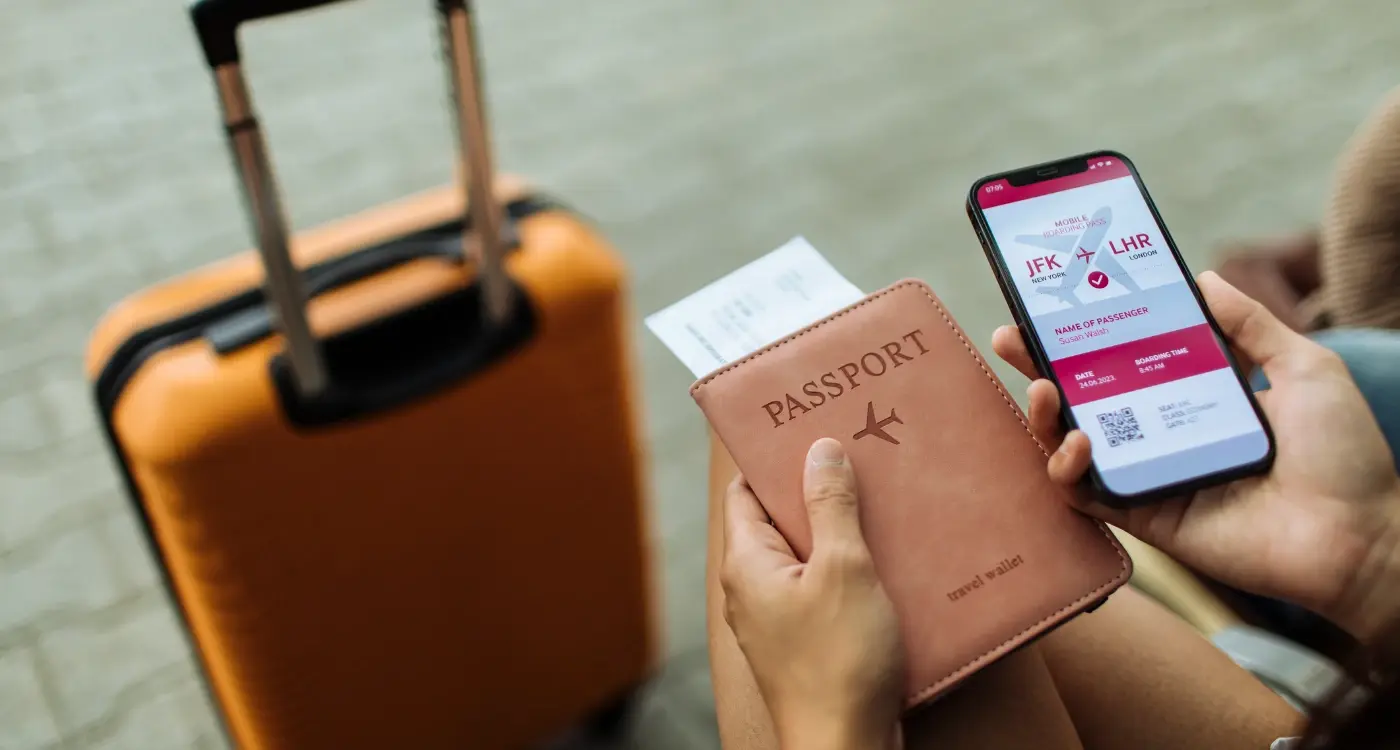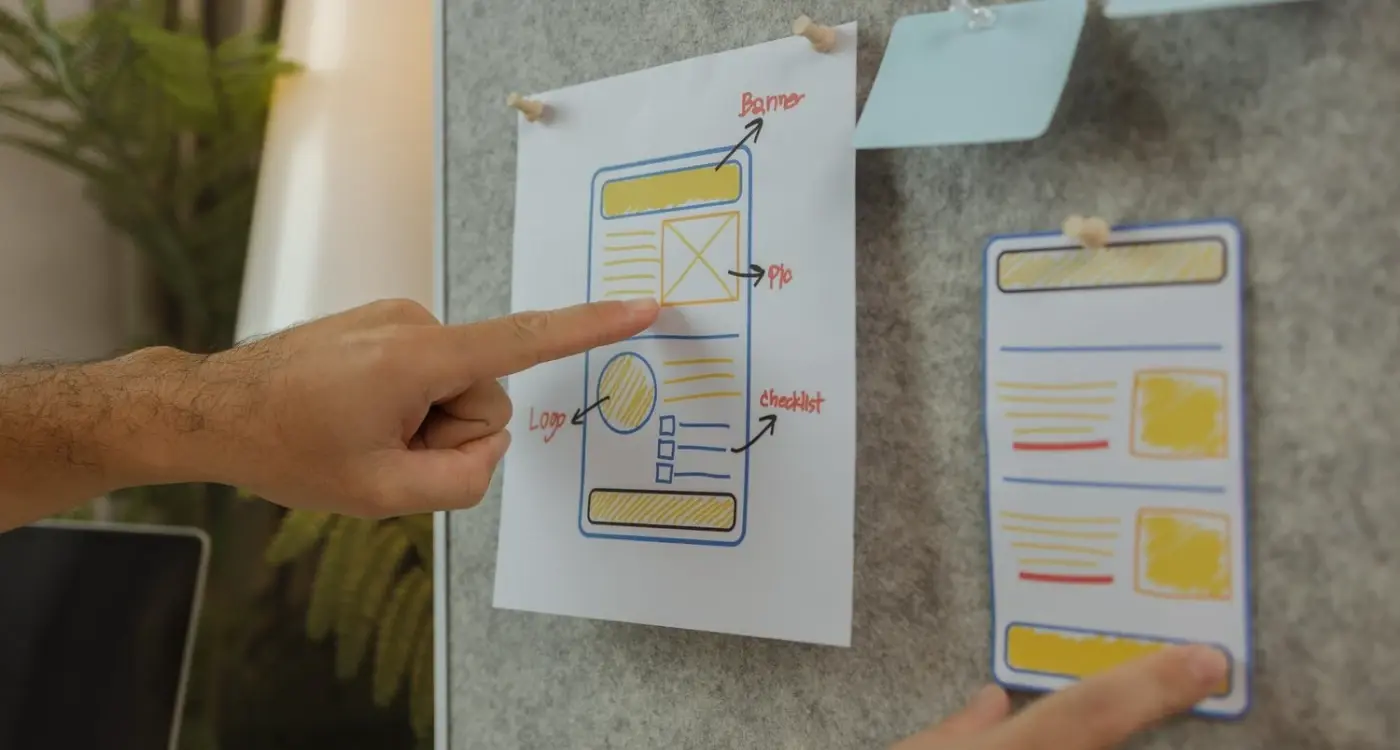What's The Difference Between Translation And Localisation For Apps?
Apps that are properly localised see 128% more downloads than those that are simply translated. That's a huge difference, and it's something most app developers don't realise when they're planning their global expansion. I've worked with countless clients over the years who thought translation was enough—they'd spend weeks getting their app text converted into different languages, launch in new markets, and then wonder why their downloads stayed flat.
The truth is, there's a massive difference between translation and localisation for mobile apps. Translation is just swapping words from one language to another; localisation is about making your app feel like it was built specifically for each market you're targeting. It's about understanding that a red colour scheme might work brilliantly in China but could be problematic in South Africa. It's knowing that your checkout process needs to support local payment methods, not just display prices in local currency.
Cultural adaptation isn't just nice to have—it's the difference between an app that succeeds globally and one that fails spectacularly in foreign markets.
This guide will walk you through everything you need to know about translation versus localisation for mobile apps. We'll cover the key differences, why cultural adaptation matters so much, and the best practices that actually work in real-world scenarios.
What Is Translation for Mobile Apps?
Translation for mobile apps is the process of converting text from one language to another whilst keeping the meaning intact. Think of it like swapping out English words for French ones—you're changing the language but not the message. When you translate an app, you take all the words users see (buttons, menus, error messages, descriptions) and convert them into the target language.
Most people think translation is straightforward, but it's actually quite tricky when it comes to mobile apps. You can't just throw everything into Google Translate and call it a day! Professional translators need to understand context, tone, and technical terminology. A word that works perfectly in one situation might sound completely wrong in another.
What Gets Translated in Mobile Apps?
When translating a mobile app, several components need attention:
- User interface text (buttons, labels, navigation menus)
- App store descriptions and marketing copy
- Error messages and notifications
- Help documentation and tutorials
- Legal terms and privacy policies
- Push notification content
The biggest challenge? Space constraints. German words tend to be longer than English ones, which means your beautifully designed button might suddenly look cramped. That's why experienced app developers always plan for text expansion during the design phase—it saves headaches later on.
What Is Localisation for Mobile Apps?
Right, so we've covered translation—now let's talk about localisation. This is where things get interesting! Localisation goes way beyond just changing the words from one language to another. It's about making your mobile app feel like it was built specifically for people in a particular country or region.
Think of it this way: when you localise an app, you're adapting everything to fit the local culture, customs, and expectations. That means changing colours that might be offensive in certain cultures, swapping out images that don't resonate with local users, adjusting date formats (because not everyone writes dates the same way), and even rethinking your app's features.
I've worked on apps where we had to completely redesign the payment flow for different markets—what works in the UK doesn't always work in Japan or Brazil. Cultural adaptation isn't just nice to have; it's what separates apps that succeed globally from those that flop.
Currency symbols, local holidays, social norms, legal requirements—all of these need consideration during localisation. You might need to add new features for some markets or remove others that simply don't make sense. This is where top app developers really shine—they understand that successful apps are built with global markets in mind from the start.
Start researching your target market's cultural preferences early in the development process, not as an afterthought when you're ready to launch.
Key Differences Between Translation and Localisation
Right, let's get straight to the point—translation and localisation are not the same thing, though I see people mixing them up all the time. Translation is like changing the words from one language to another; localisation goes much deeper than that.
When you translate an app, you're basically swapping English text for French text, or German text, or whatever language you're targeting. It's about making the words understandable. But localisation? That's about making your entire app feel like it was built specifically for that market from day one.
What Makes Them Different
Here's where it gets interesting—and where many app developers get caught out. Translation focuses purely on language conversion, whilst localisation adapts your app to fit local customs, preferences, and behaviours. Think about it this way: translating "Add to Cart" into German is translation; changing your checkout flow because Germans prefer different payment methods is localisation.
| Translation | Localisation |
|---|---|
| Changes language only | Adapts entire user experience |
| Word-for-word conversion | Cultural adaptation |
| Quick and cheaper | Time-intensive but more effective |
| Maintains original design | May require design changes |
The choice between them depends on your goals—translation gets you understood, but localisation gets you accepted. And trust me, there's a massive difference between those two outcomes when it comes to app success.
Why Cultural Adaptation Matters for App Success
I've watched brilliant apps completely flop in new markets because their creators thought translation was enough. They'd spend months perfecting their code, designing beautiful interfaces, and crafting the perfect user experience—only to see downloads plummet when they expanded internationally. The reason? They forgot that people don't just speak differently; they think differently too.
Cultural adaptation goes far beyond swapping English words for French ones or changing currency symbols. It's about understanding that colours mean different things in different cultures, that people read from right to left in some countries, and that what's considered polite in one place might be rude in another. When you're building a mobile app, these differences can make or break your success.
Apps that respect cultural differences see 30% higher user retention rates in international markets compared to those that only translate text
Take dating apps, for example. What works in Western markets might be completely inappropriate in more conservative cultures. Or consider payment methods—whilst credit cards dominate in some countries, mobile payments or cash-based systems rule in others. If your app doesn't adapt to these local preferences, users will simply find alternatives that do. Smart localisation means researching these cultural nuances before you launch, not after your app fails to gain traction.
This is where location-specific marketing becomes crucial—understanding the local market helps you create an app that truly resonates with users in each region.
Common Mistakes When Localising Mobile Apps
I've watched so many apps fail in new markets, and nine times out of ten it's because they made the same basic mistakes. The biggest one? Thinking that localisation is just translation with a bit of colour-changing thrown in. Trust me, it's not that simple.
One mistake I see repeatedly is treating all markets the same way. Companies will localise for "Europe" as if Germany, France, and Italy all share the same culture and buying habits. They don't. Each country has its own payment preferences, design expectations, and user behaviours that need addressing separately.
The Most Common Localisation Blunders
- Ignoring local payment methods—nobody in Germany wants to pay with a credit card if they can avoid it
- Keeping Western-style layouts for right-to-left languages like Arabic
- Using machine translation without human review—the results are often hilarious, but not in a good way
- Forgetting about local regulations and compliance requirements
- Choosing inappropriate colours that have negative cultural meanings
- Not testing with real users from the target market
The worst part about these mistakes is that they're completely avoidable. Most happen because teams rush the localisation process or try to cut corners. But here's the thing—users can spot a lazy localisation job from a mile away, and they'll delete your app just as quickly.
Best Practices for App Localisation
Getting mobile app localisation right isn't just about following a checklist—it's about understanding your users and their culture. I've seen plenty of apps fail because they treated localisation as an afterthought, so let me share what actually works.
Start with your research. You can't adapt your app for a culture you don't understand. Spend time learning about local customs, colour meanings, and social norms. What's considered polite in one country might be rude in another. Your app's tone of voice needs to match what feels natural to local users.
Technical Considerations
Plan for text expansion early in your design process. German text can be 30% longer than English, whilst Chinese characters take up different space entirely. Your UI needs to handle these changes gracefully without breaking layouts or hiding important buttons. Working with experienced professionals who understand iOS and Android app development nuances can save you countless headaches during the localisation process.
Cultural Adaptation Details
Don't forget about dates, numbers, and currency formats. Americans write dates as MM/DD/YYYY whilst Europeans use DD/MM/YYYY—getting this wrong confuses users instantly. Payment methods vary too; what works in the UK might not exist in Japan.
Test your localised app with native speakers from your target market, not just translation services. They'll catch cultural mistakes that automated tools miss.
Work with local experts, not just translators. Cultural adaptation requires understanding context, humour, and social expectations that only locals truly grasp. Consider how your app development projects can improve customer service in each specific market—what works for customer support in one country might be completely inappropriate in another.
Choosing Between Translation and Localisation
Right, so you've got your app ready to go global—but here's the million-dollar question: do you need translation or localisation? I get asked this almost weekly, and honestly, the answer depends on what you're trying to achieve and how much you're willing to invest.
Translation works brilliantly if you're testing the waters in a new market or working with a tight budget. It gets your app functional in another language quickly and cost-effectively. But if you're serious about making a proper splash in that market, localisation is where the magic happens.
When Translation Makes Sense
Translation is your friend when you need to move fast or when cultural differences aren't make-or-break for your app. Think utility apps, simple tools, or when you're just dipping your toes into international waters to see if there's demand.
When Localisation Is Worth the Investment
Localisation becomes non-negotiable when you're dealing with markets that have strong cultural preferences—like Japan or the Middle East. It's also smart when you're planning a long-term strategy in that region. This is where understanding mobile marketing success becomes crucial—you need to know how to reach and engage users in each specific market.
- High competition in the target market
- Cultural sensitivity requirements
- Long-term market investment plans
- Apps with social or cultural elements
- E-commerce or payment features
The bottom line? Start with translation if you're testing, but plan for localisation if you're staying.
Conclusion
After eight years of helping brands expand their mobile apps globally, I can tell you that the difference between translation and localisation isn't just academic—it's the difference between success and failure in international markets. Translation gives you words that people can read; localisation gives you an app that people actually want to use.
When you're planning your app's global expansion, don't fall into the trap of thinking translation is enough. Yes, it's cheaper and faster, but cultural adaptation is what transforms your mobile app from a foreign product into something that feels native to each market. Your users should never feel like they're using something that was clearly made for someone else.
The brands that win internationally understand that mobile app localisation isn't just about language—it's about respect. Respect for different cultures, different ways of thinking, and different user expectations. When you invest in proper localisation, you're telling your international users that you care enough to create something specifically for them.
Choose translation when you need quick market entry or have limited resources. Choose localisation when you're serious about long-term success and building genuine connections with users across different cultures. Your app's global success depends on making the right choice for your specific situation.
Share this
Subscribe To Our Learning Centre
You May Also Like
These Related Guides

What's Different When Building a Travel Guide App and a Booking App?

How Do I Decide What Gets Built First in My App?



